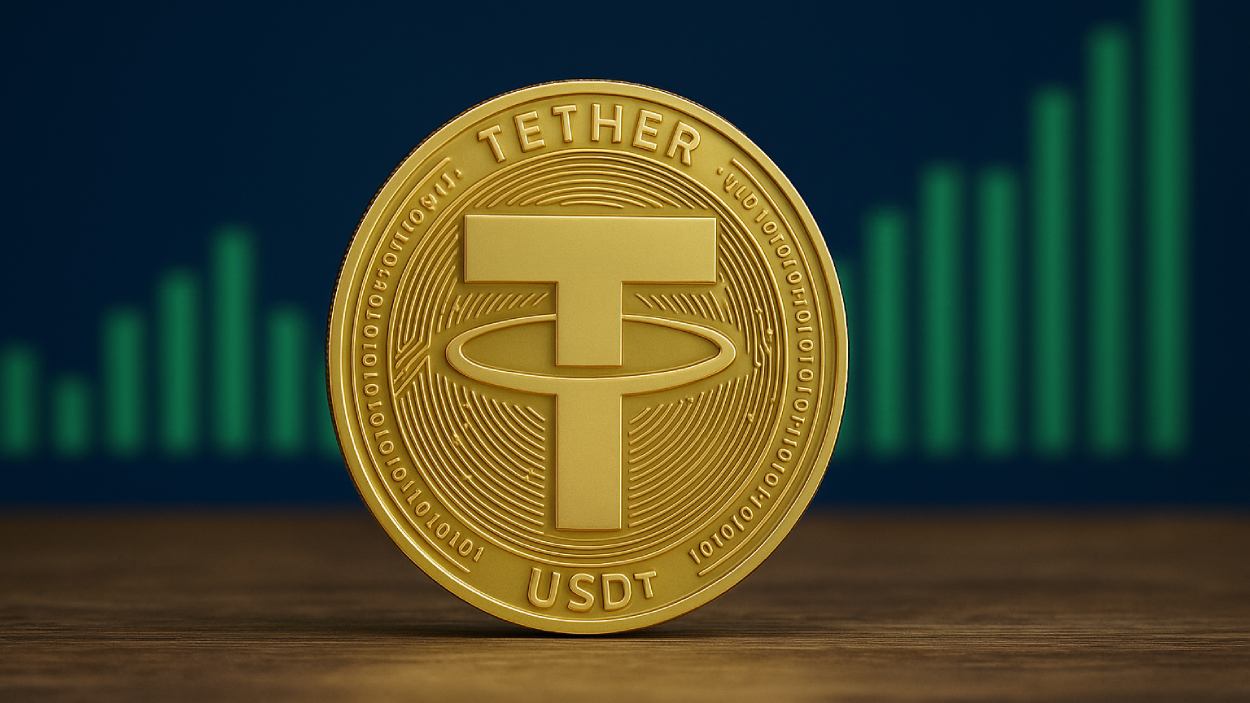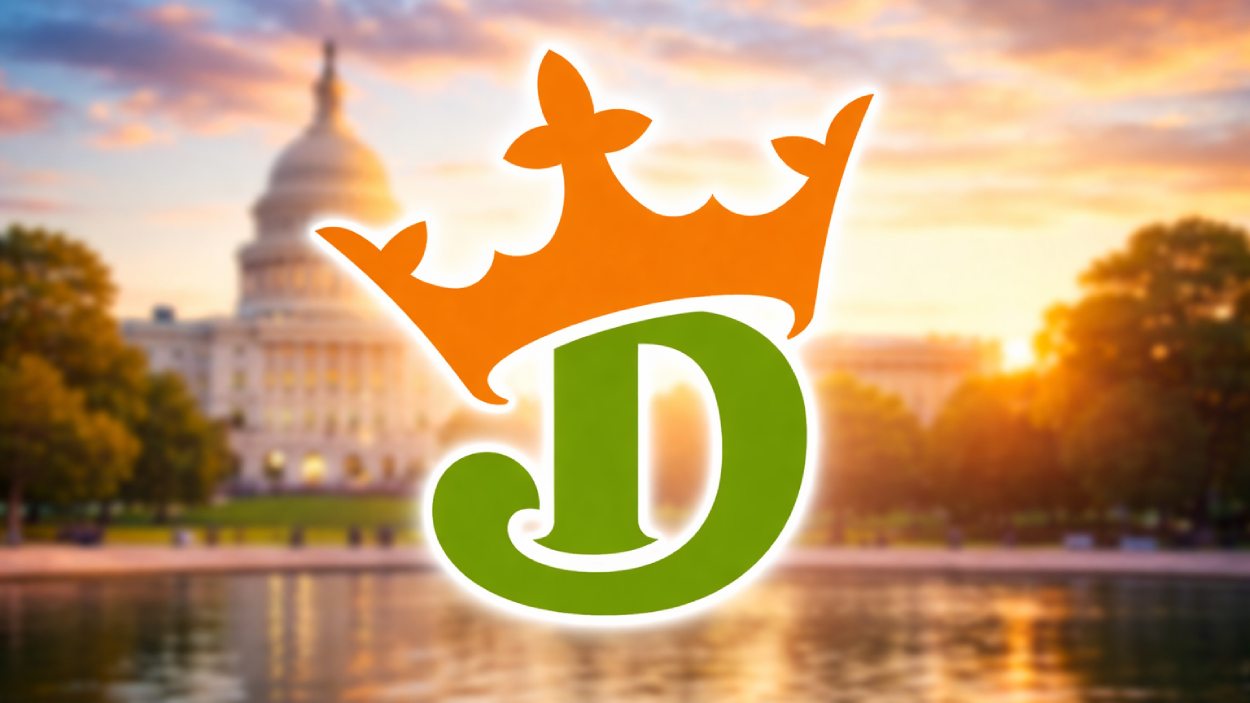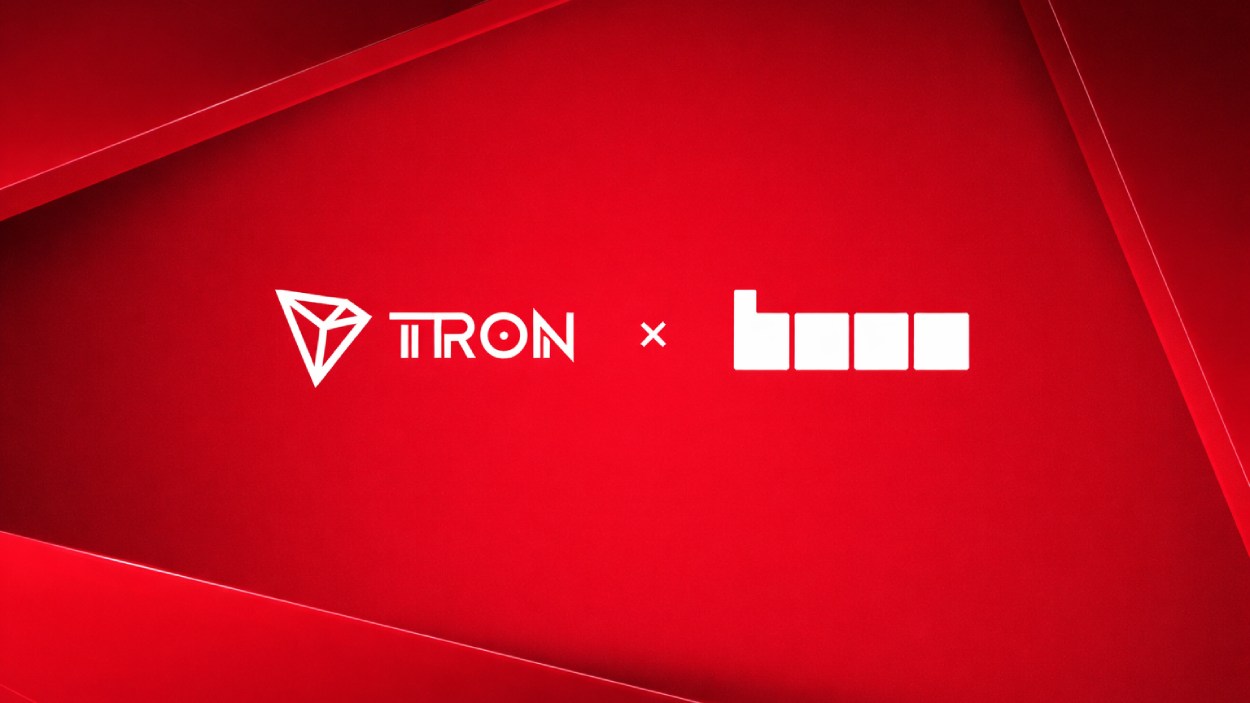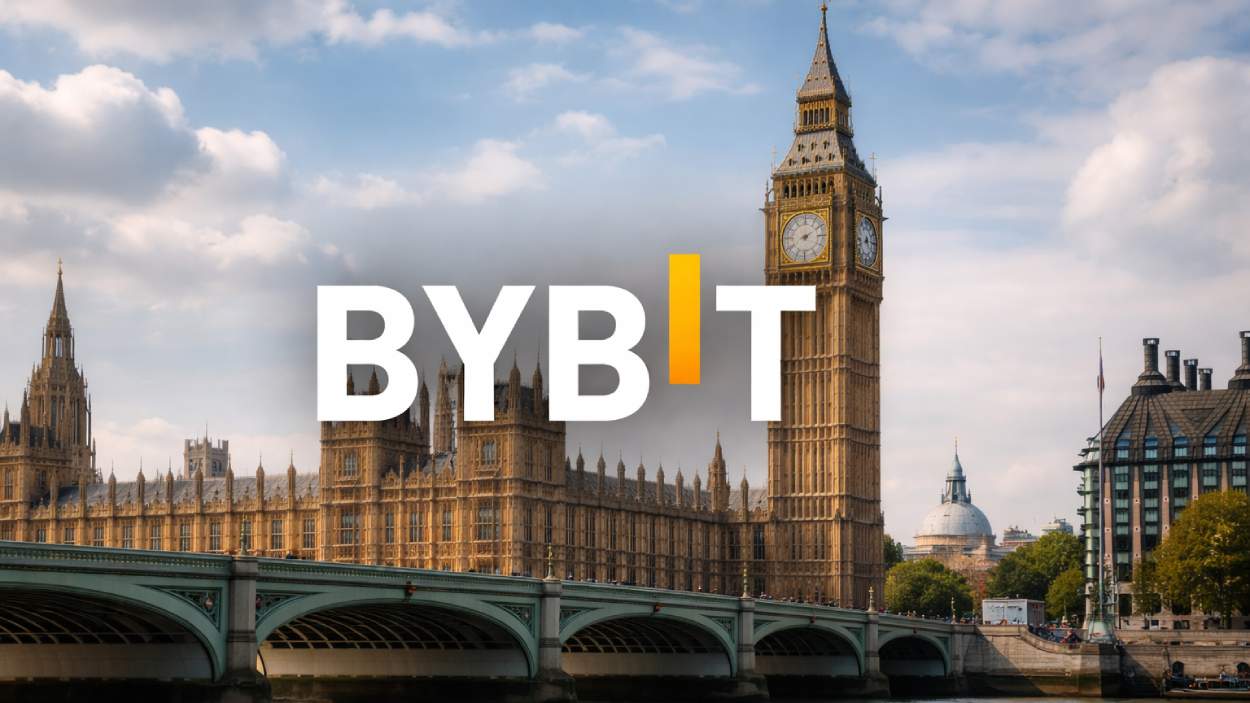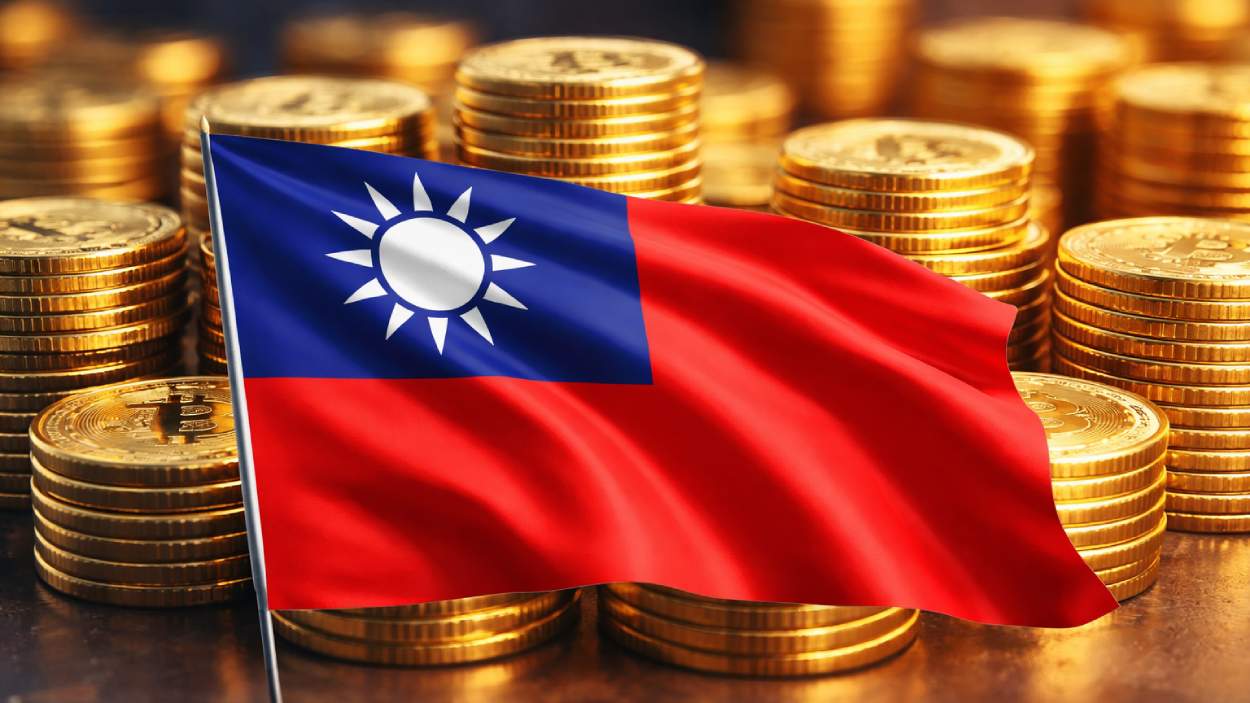Tether has posted over $10 billion in profit so far in 2025, issued $17 billion in USDT in Q3 alone, and now holds $135 billion in U.S. Treasuries.
Key Takeaways
- Tether’s year-to-date profit has surpassed $10 billion, making it one of the most profitable private companies globally.
- Q3 2025 alone saw an estimated $4.3 billion in profit based on the $5.7 billion earned in the first half.
- The company issued $17 billion in new USDT tokens in Q3, bringing the total circulating supply above $183 billion.
- Tether now holds $135 billion in U.S. Treasuries, placing it as the 17th largest holder globally, ahead of countries like South Korea.
What Happened?
Tether, the issuer behind the world’s largest stablecoin USDT, released its Q3 2025 attestation confirming a year-to-date profit exceeding $10 billion. With an estimated $4.3 billion earned in the third quarter alone, the company has reinforced its status as a major force in the digital finance space.
Prepared by auditing firm BDO, the report also highlighted new highs in U.S. Treasury exposure, the accelerating supply of USDT, and a global userbase that has surpassed 500 million.
Tether Attestation Reports Q1-Q3 2025 Profit Surpassing $10B, Record Levels in U.S. Treasuries Exposure, Accelerating USD₮ Supply Amidst World’s Macroeconomic Uncertainty
— Tether (@Tether_to) October 31, 2025
Learn more: https://t.co/EH8ltqri27
Financial Strength and Record-Breaking Treasury Holdings
Tether’s third quarter of 2025 has been one of its most impressive to date. The company added $17 billion worth of USDT to the market in Q3, pushing total tokens in circulation to more than $183 billion.
- Total USDT in circulation: Over $183 billion.
- Excess reserves: $6.8 billion.
- Proprietary Group equity: Nearing $30 billion.
- Assets vs Liabilities: Assets stand at $181.2 billion, liabilities at $174.4 billion.
- User base: More than 500 million globally.
Tether now holds approximately $135 billion in U.S. Treasuries, which makes it the 17th largest holder of U.S. government debt. This total includes both direct and indirect holdings, surpassing even national holders such as South Korea.
Its diversified reserve strategy also includes $12.9 billion in gold and $9.9 billion in Bitcoin, giving the company resilience against potential market volatility.
Strategic Moves and Global Expansion
Tether’s parent company has made several notable moves this year:
- Applied for an Investment Fund License in El Salvador under a newly introduced legal framework.
- Launched a share buyback program, potentially involving institutional investors via private placement.
- Settled litigation with Celsius using company investment capital, with no impact on USDT reserves.
Additionally, Tether has expanded its focus to include investments in AI, renewable energy, and peer-to-peer communication infrastructure, though these do not form part of the reserves backing USDT.
Market Competition and Regulatory Context
Despite Tether’s continued dominance, a JPMorgan report recently pointed out that Circle’s USDC is growing faster in terms of both on-chain activity and market capitalization. Nonetheless, Tether maintains its lead as the most circulated USD-pegged stablecoin.
Unlike public companies, Tether does not issue traditional earnings reports. Instead, it releases quarterly attestations audited by BDO. These attestations provide transparency into its financial standing and reserve backing.
CoinLaw’s Takeaway
Honestly, Tether’s scale is staggering. Over $10 billion in profit without being a public company is no small feat. And in my experience, such a financial buffer, paired with massive exposure to U.S. Treasuries puts Tether in a category of its own. While skeptics often question the backing of stablecoins, this latest attestation shows Tether is not only solvent, it’s thriving. What stands out most to me is how they’ve managed this amid global macroeconomic uncertainty, all while growing a userbase of 500 million. That’s not just a company making money; that’s a company rewriting the rules of finance.

